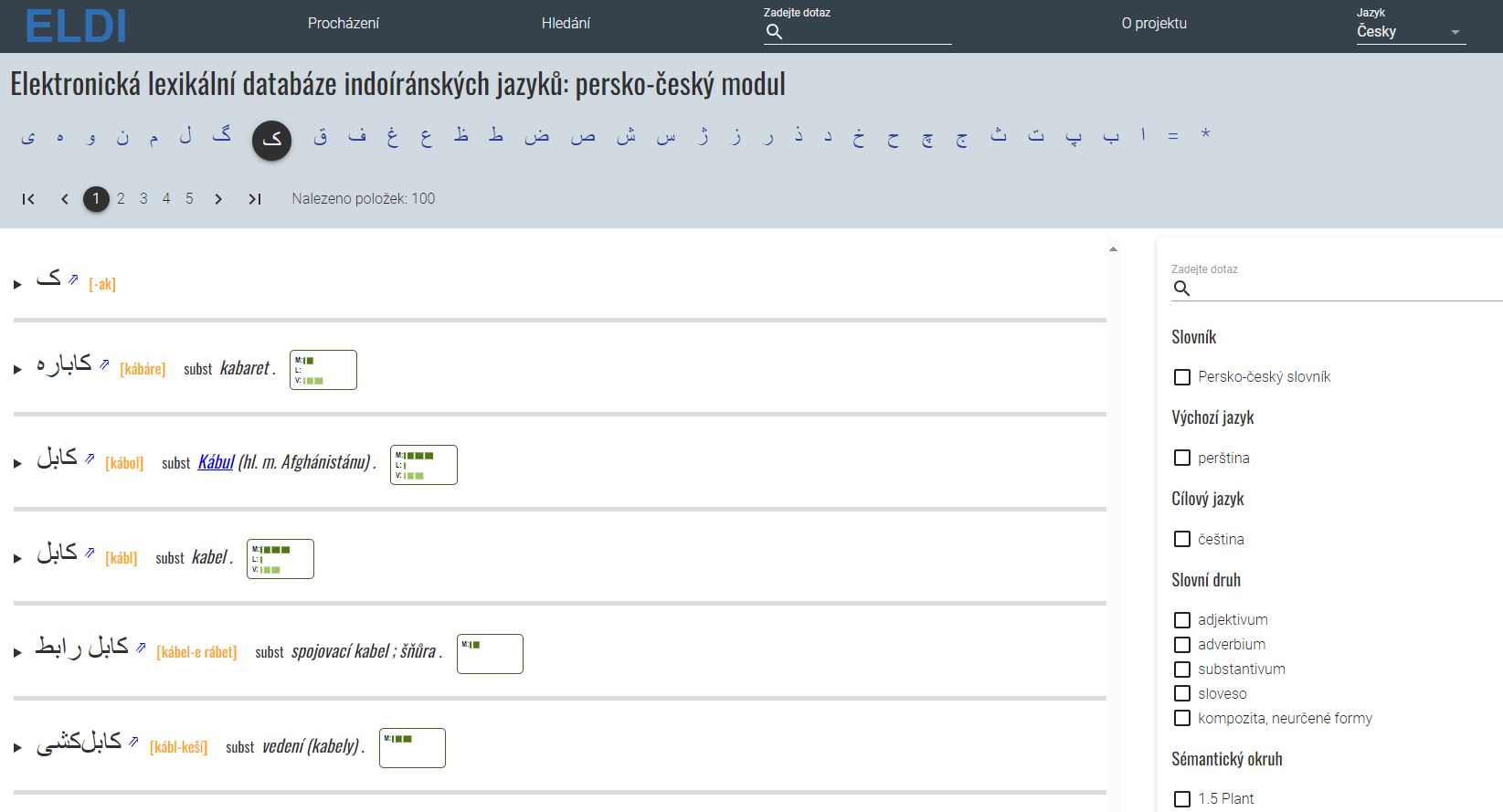4. 8. 2024 Výběrová řízení
Výběrové řízení: asistent/asistentka Tiskového a edičního oddělení
4. 7. 2024 Výběrová řízení
Výběrové řízení: výzkumný pracovník/pracovnice
1. 7. 2024 Ostatní
Zpřístupněna Elektronická lexikální databáze indoíránských jazyků: persko-český modul
27. 6. 2024 Vědecká ocenění
Socioložka Kristýna Bašná získala Prémii Otto Wichterleho
12. 6. 2024 Tiskové zprávy
Od opatření k akci. Osmá národní konference NKC o genderu a vědě se zaměří na bezpečné a důstojné akademické prostředí pro všechny
Chystané akce
8. národní konference NKC - gender a věda „Sociální bezpečí: Od opatření k akci“
Publikace
Odborná kniha / monografie
Odborná kniha / monografie
Vědecká infrastruktura
Encyklopedie
- Sociologická
- Religionistická
Vyhledávejte
|
Sociologická encyklopedie je základní informační bází pro všechny zájemce o sociologii a sociologické poznání, garantovanou Sociologickým ústavem AV ČR. Vznikla v rámci programu Strategie AV21 Akademie věd ČR. Zkušební verze byla spuštěna v prosinci 2017, k dalším doplněním došlo v listopadu 2018 a v září 2020. V roce 2020 začala vznikat i sesterská Religionistická encyklopedie. Budeme velmi rádi, sdělíte-li nám svá doporučení a upozorníte-li nás na její nedostatky. |
Vyhledávejte
|
Religionistická encyklopedie je základní informační bází pro všechny zájemce o náboženství, religiozitu a religionistické poznání, garantovanou Sociologickým ústavem AV ČR. Vznikla v rámci programu Strategie AV21 Akademie věd ČR. K nově zpracovanému slovníku České církve a náboženské společnosti v roce 2021 dále přibyly aktualizované podoby „trojslovníku“ Judaismus – Křesťanství – Islám a Slovníku hinduismu Karla Wernera. Plánované další rozšiřování encyklopedie bude záviset na zájmu uživatelů. |
















